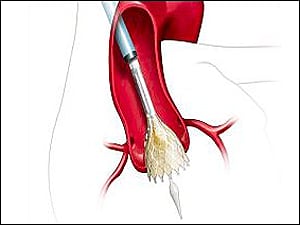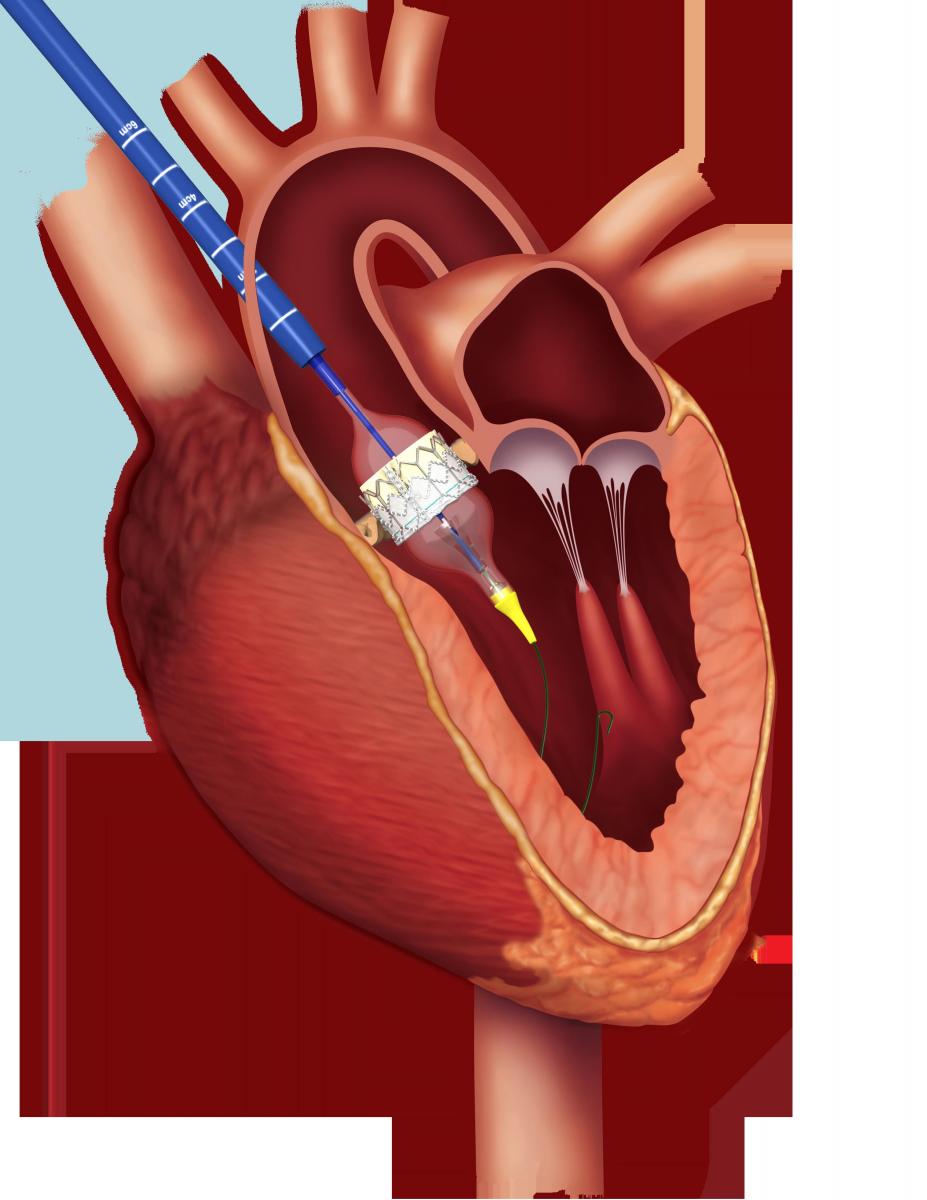- Joined
- Jul 16, 2003
- Messages
- 6,031
- Reaction score
- 3,812
What is your room set up like? Where are you and/or the echocardiographer positioned in the room?
What is your access?
As a cardiac anesthesiologist are you doing both echo AND patient care or do you have a second cardiac anesthesiologist or a cardiologist doing the echo sperately?



What is your access?
As a cardiac anesthesiologist are you doing both echo AND patient care or do you have a second cardiac anesthesiologist or a cardiologist doing the echo sperately?






